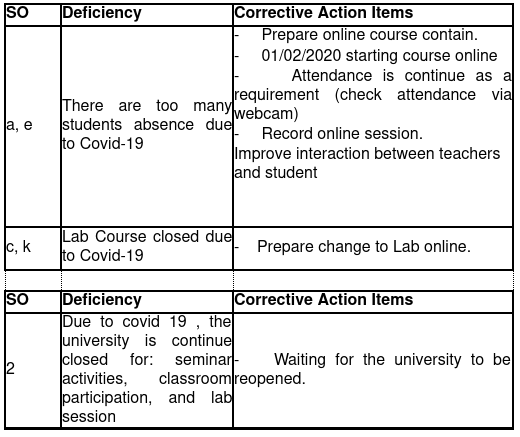I. Student Feedbacks
a. Process of Junior Survey Data
Every year, we request our juniors to complete the Junior Survey. The juniors are surveyed for their opinion regarding program educational objectives after studying in the program for two years. The goal of this survey is to acquire the fresh impression of new students regarding their expectation from the program when they arrived on campus as compared to the current educational objectives. Figure 1 exhibits the summary results of the survey questionnaire from 32 CEA’s junior students in 2018, and 15 CEA’s junior students in 2019 respectively for the suitability of the SEE PEOs [Exh. Junior Survey].
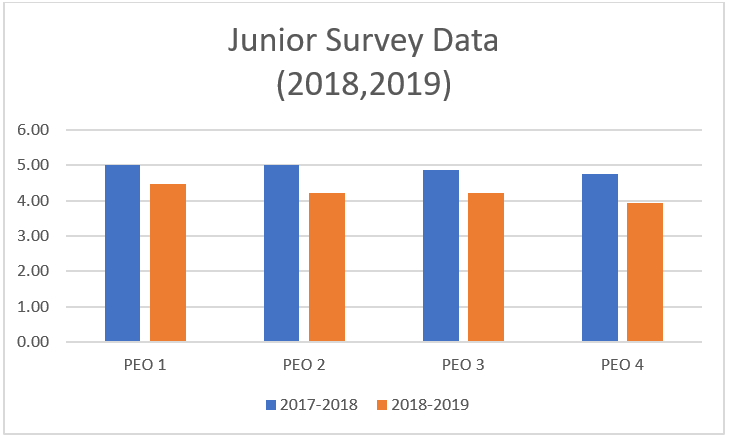
Figure 1: Junior Survey Data 2018, 2019
b. Process of Alumni Survey Data
Every year, we request our former CEA students to fill out an alumni survey that contains the questions for an overall rating of the PEOs. This process has been conducted since 2019 because the first graduation year of CEA program is 2018. The survey provides useful information about how our students perform in the workplace in relation to our PEOs Exh. Alumni Survey-SOs based]. Figure 2 exhibits the results of the survey questionnaire from 17 CEA alumnae in 2019 for the suitability of the SEE PEOs. This process could not conduct in 2020,2021 due to COVID-19 pandemic. At the end 2022, we have started this process again.
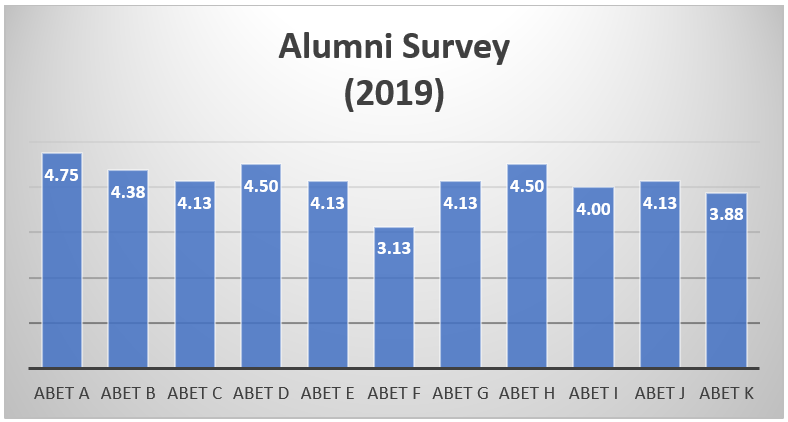
Figure 2: Alumni Survey Data.
c. Process of Student Course Evaluation
Every semester, the SEE conducts student evaluation of all undergraduate courses. The course evaluation can be carried out online or by filling out evaluation questionnaires in class. The first five questions of the course evaluation questionnaire for all engineering courses are unified and directly related to the 11 outcomes (We are changing the SO from 11 outcomes to 7 ABET outcomes in 2021). The evaluation scores obtained from the first five questions of all the evaluated courses are used to compute those of the corresponding outcomes via an averaging process.
Phase 1 (2018,2019):
The composite student course evaluation score for ABET 11 SOs for year 2018, and 2019 are shown in Figure 3 [Exh. Course Evaluation of Student].
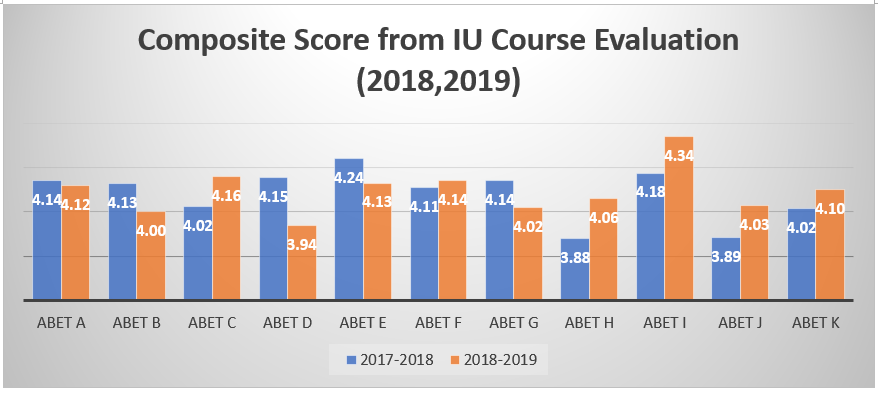
Figure 3: Composite Score from IU Course Evaluation for ABET 11 SOs (Process 7) – Year 2018, 2019
Phase 2 (2020-present):
The composite student course evaluation score for ABET 11 SOs for year 2020 is shown in Figure 4. In addition, the composite student course evaluation score that related to new ABET 7 SOs for 2021, 2022 is also shown in Figure 5.
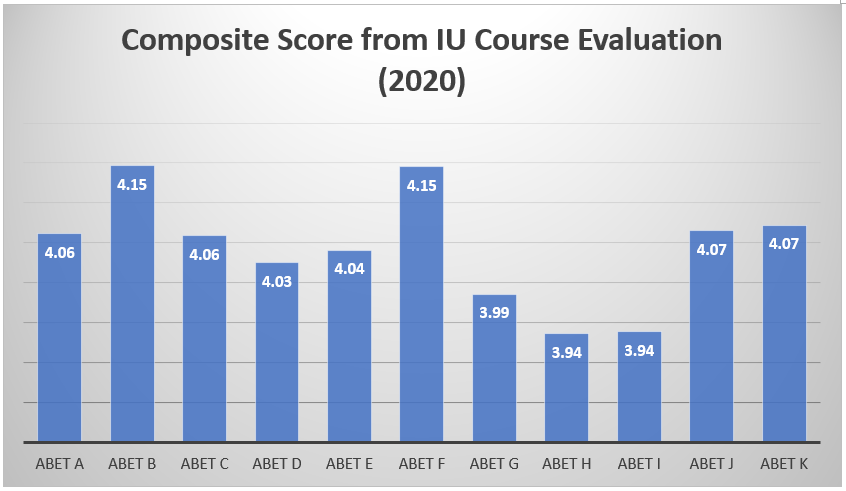
Figure 4: Composite Score from IU Course Evaluation for ABET 11 SOs (Process 7) – Year 2020
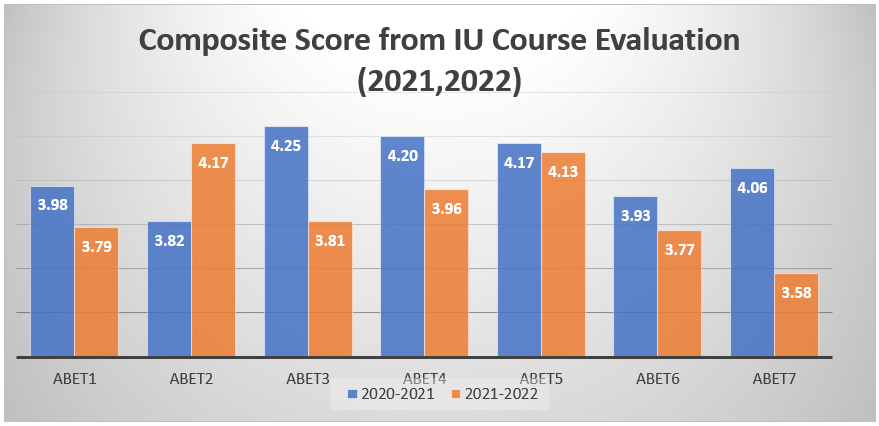
Figure 5: Composite Score from IU Course Evaluation for ABET 7 SOs (Process 7) – Year 2021, 2022
d. Process of Graduating Senior
At the end of each semester before the graduation, the dean’s office conducts a survey of all graduating seniors of the school. The survey form contains questions pertaining directly to the 11 outcomes (We are changing the SO from 11 outcomes to 7 ABET outcomes in 2020). The scores of the outcomes of all program seniors are averaged and then converted to those of the corresponding student outcomes via a transformation matrix SO that the program can assess the achievement of its outcomes.
Phase 1 (2018,2019):
The composite Graduating Senior Survey scores are shown in Figure 6 for 2018 [Exh. Graduating Senior-2018] and 2019 [Exh. Graduating Senior-2019], respectively.
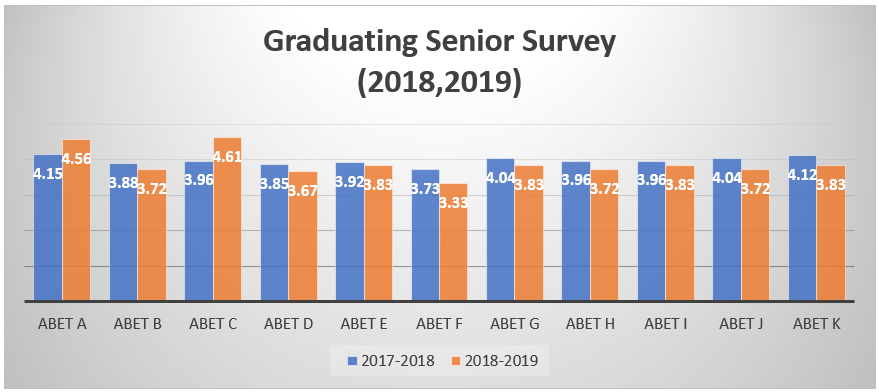
Figure 6: Composite Score from IU Graduating Senior Survey (Process 8) – Year 2018,2019
Phase 2 (2020-present):
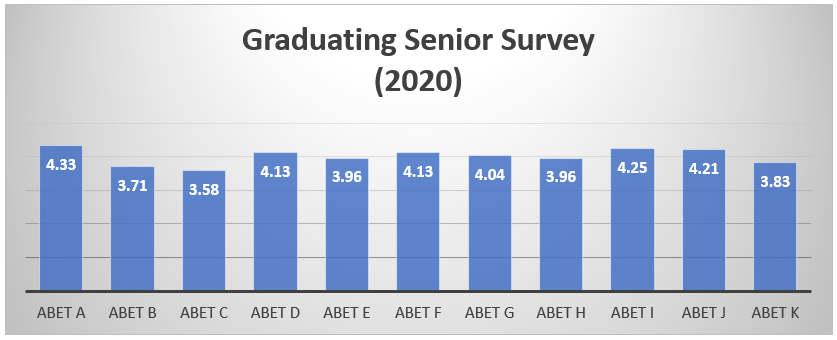
Figure 7: Composite Score from IU Graduating Senior Survey (Process 8) – Year 2020
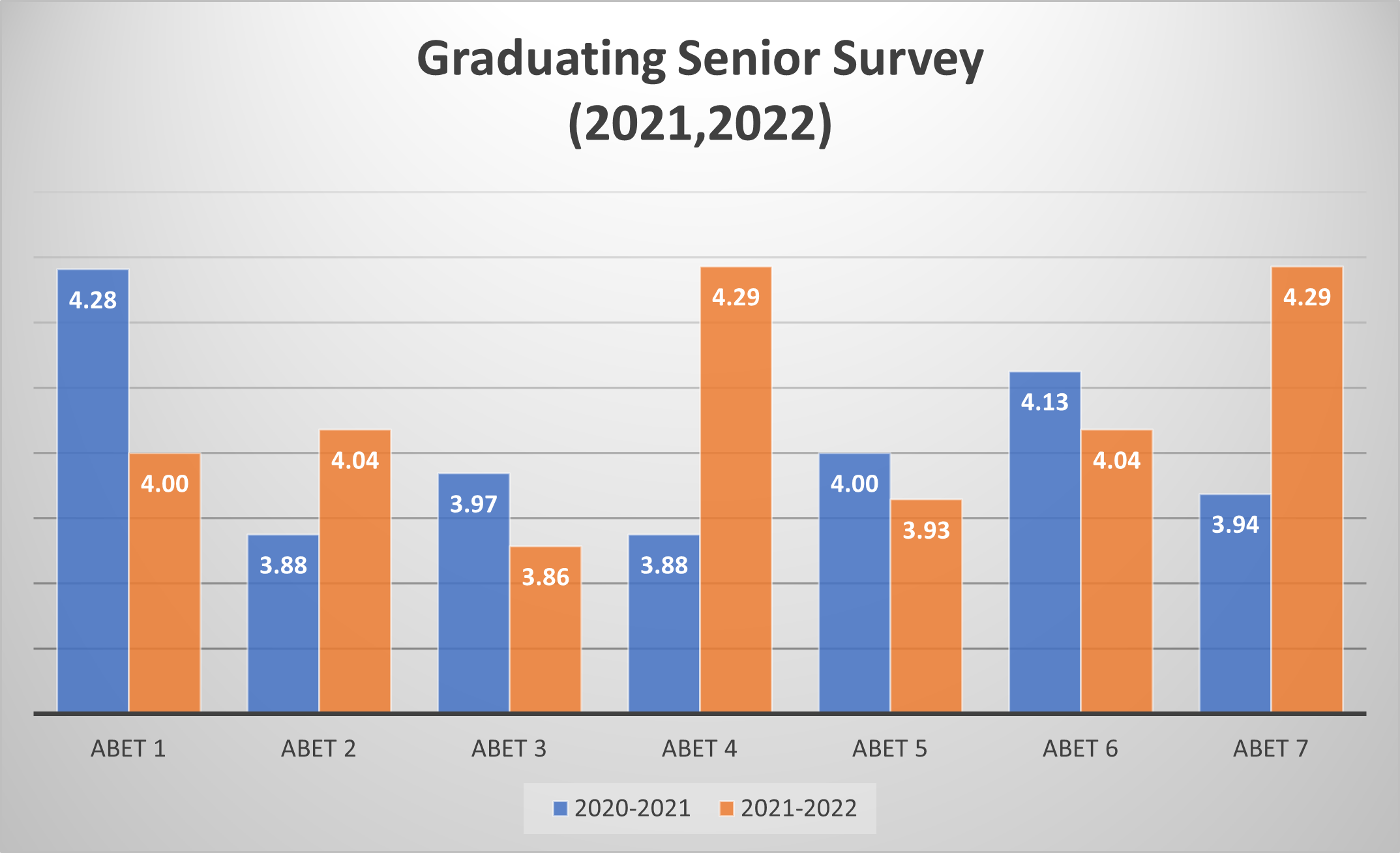
Figure 8: Composite Score from IU Graduating Senior Survey (Process 8) – Year 2021,2022
II. Corrective Action
Academic Year 2017-2018 and 2018-2019:
At the SEE meeting on the 01/2020 [Exh. Meeting for PEOs and SOs action], the ABET committee analyzed the obtained 2018,2019 scores and their graphical presentation then drew conclusions from the analysis of the data. There are five (5) composite SO scores, specifically the SO e, f, h, i and j, are below the 4.0 acceptance level. Based on the qualitative and quantitative analysis of the results, the ABET committee recommended the following actions items to improve SO e, f, h, i and j:
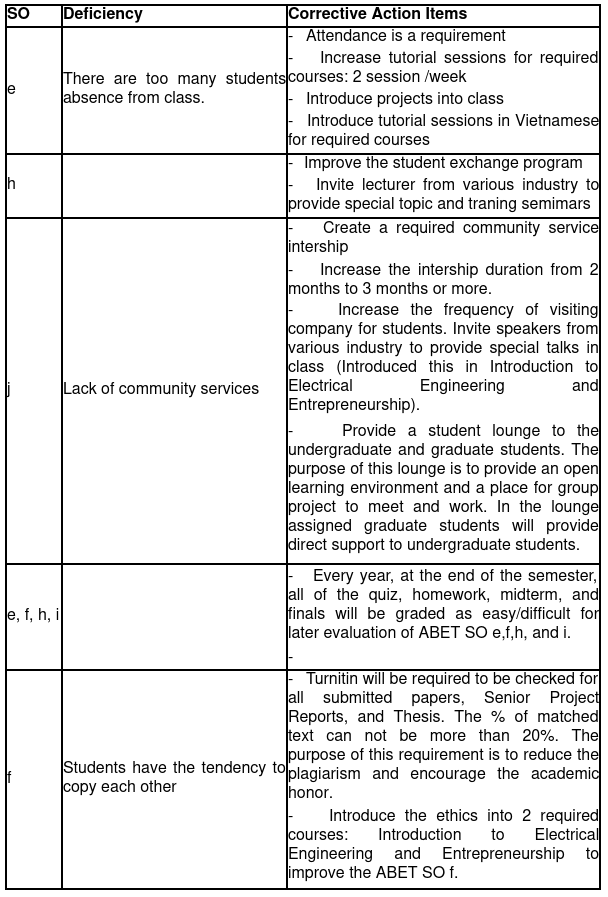
Academic Year 2019-2020, 2020-2021, and 2021-2022:
Due to the Covid-19 pandemic, the SEE could not collect the Alumni Survey as planned. Therefore, the result of process 6 in 2019 is used to analyze composite score for 2020, 2021 and 2022. Starting the end of 2022, we have started the assessment this process again.
The summary data for each of the SOs over 2020, 2021 and 2022 are shown to be above the threshold level of 4.0, with the exception of SO a, c, e, k of the 2020 as well as SO 2 of the 2021. The SO a,c,e,k as well as SO 2 the learning outcome with an ability to apply the knowledge of mathematics, science , and engineering; an ability to identify, formulate, and solve engineering problem; an ability to design a system, component, or process to meet desired needs; an bility to use the techniques, skills, and modern engineering tools necessary for engineering practice, an ability to apply engineering design to produce. The most reason is affected by the Covid-19 pandemic and specifically the affected of mandated online courses by the university. The composite SOs Scores show the above the threshold in 2022.
We have begun to collect the surveys for each of the assessment process this year. At the end of 2022, we will have the completed composite score.
